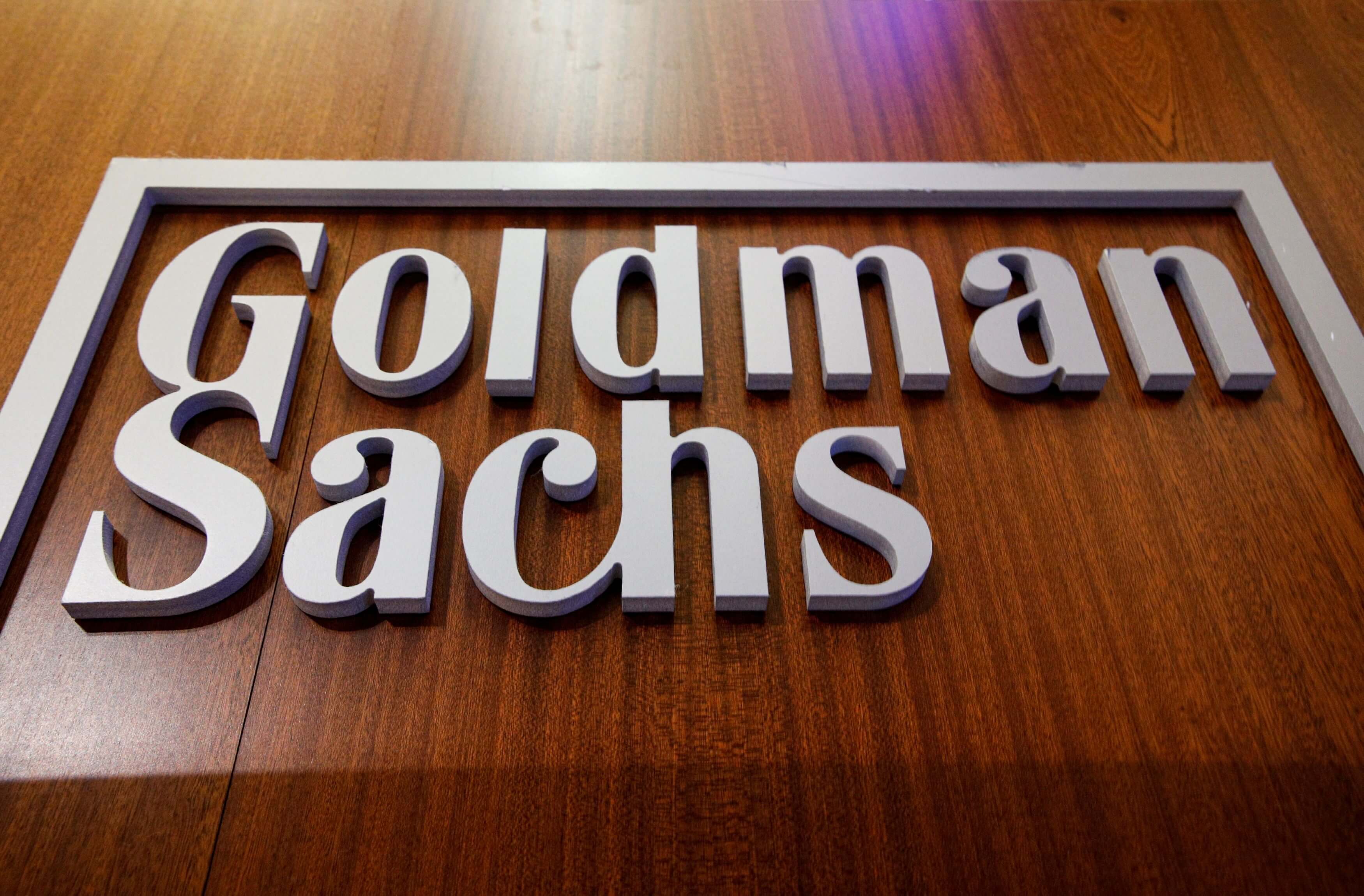
The real worry concerning the China Evergrande default drama is the inevitable where-there’s-smoke-there’s-fire paranoia that accompanies debt stumbles.
The most worrisome such blaze, say analysts at Goldman Sachs, is surging local government debt levels that President Xi Jinping’s men have done their best to hide.
The default troubles at the globe’s most indebted property development seem like small embers compared to the $8.2 trillion worth of local government financing vehicles outstanding.
And that’s just the LGFVs we know of. The data that Goldman’s Maggie Wei highlights areas of the end of 2020.
Clearly, the tally is higher now—perhaps markedly. Ten months ago, these shadowy investment schemes had reached 53 trillion yuan, up from 16 trillion yuan, or $2.47 trillion, in 2013.
They now amount to roughly 52% of China’s gross domestic product, topping the official amount of outstanding government debt. The forces behind local governments sitting on financing-vehicle debt worth twice the size of Germany’s GDP date back to 2008.
Even before the Lehman Brothers crisis, Communist Party dynamics encouraged municipal borrowing binges. The way local officials got attention in Beijing—and rose to national prominence—was producing above-average GDP rates.
That incentivized a couple of dozen prefectural leaders to engage in an infrastructure arms race, of sorts.
Metropolises raced to build skyscrapers, six-lane highways, international airports and hotels, white elephant stadiums, sprawling shopping districts, and amusement parks, and perhaps even bidding for a Guggenheim museum.
Making the rounds on China’s hinterland, one often hears talk of emulating the “Bilbao effect.”
After the subprime crisis, this strategy shifted into overdrive. Local governments were a key engine then-President Hu Jintao used to avoid the worst of the global financial crisis.
The same with Xi’s men when the Covid-19 crisis arrived in early 2020.
The trouble with China’s LGFV boom is the opacity accompanying it. For all their talk of giving market forces a “decisive” role since 2012, China’s leaders have made the country less transparent.
Nor has the credit rating system kept pace with the growth in Chinese capital markets. Continue reading...